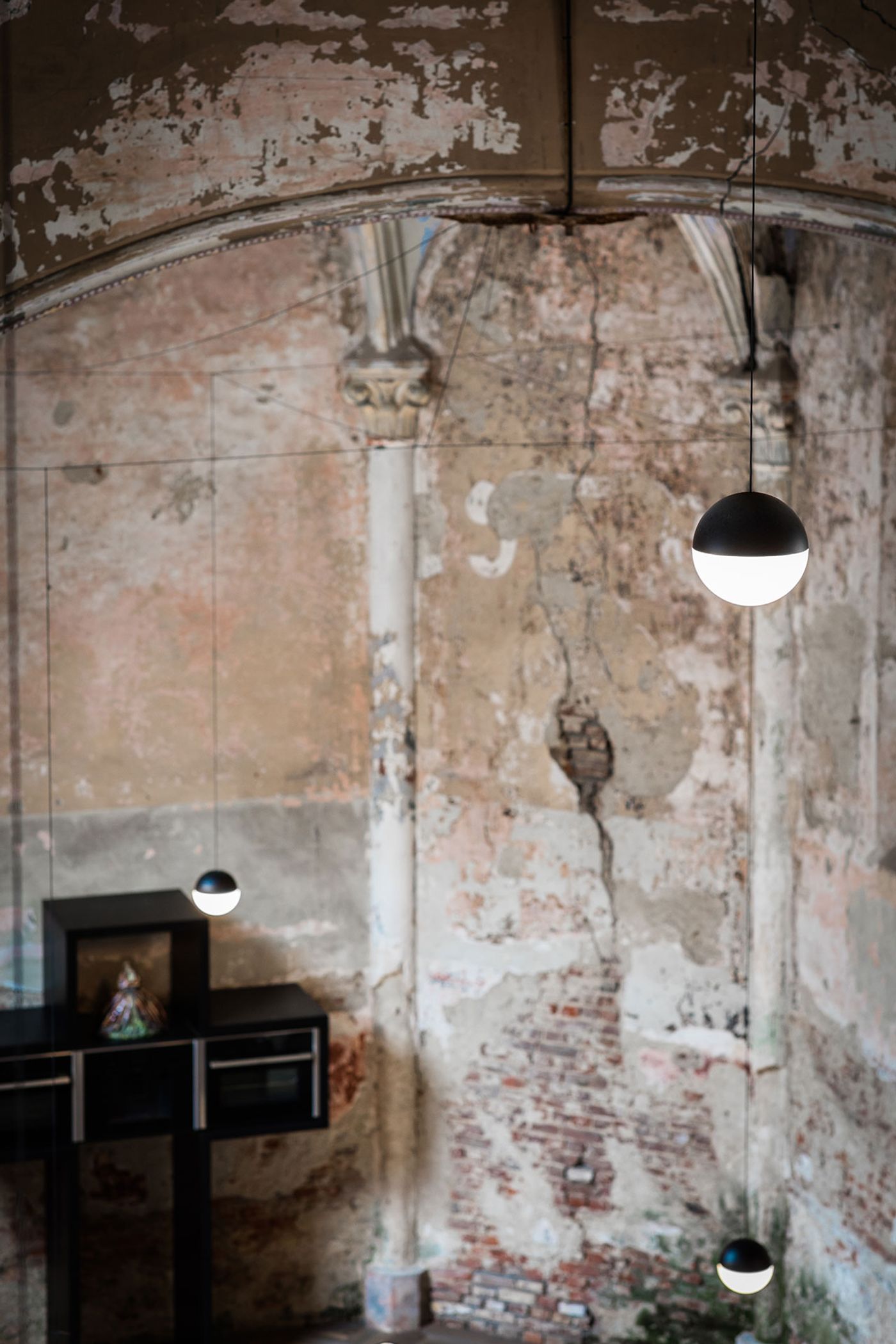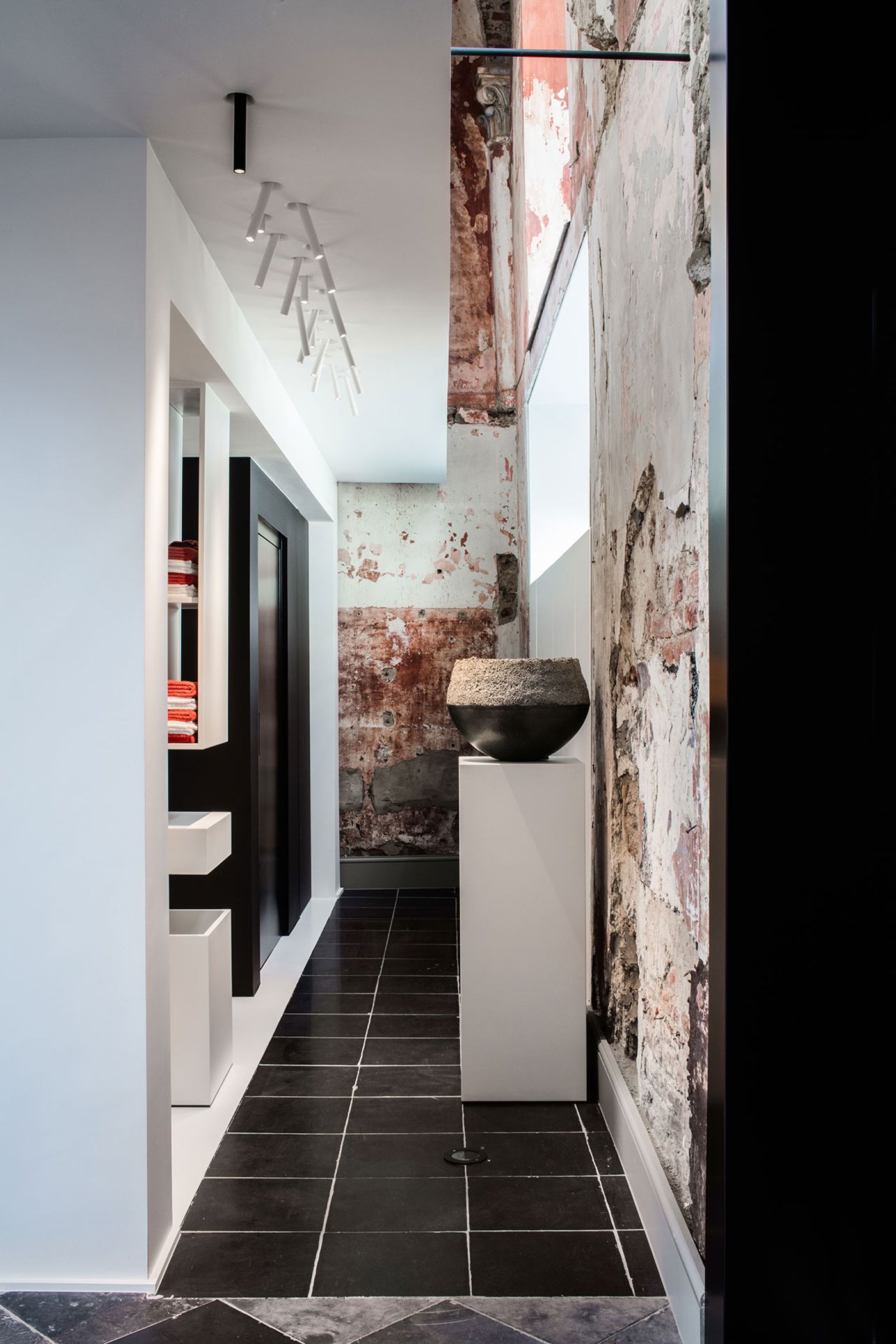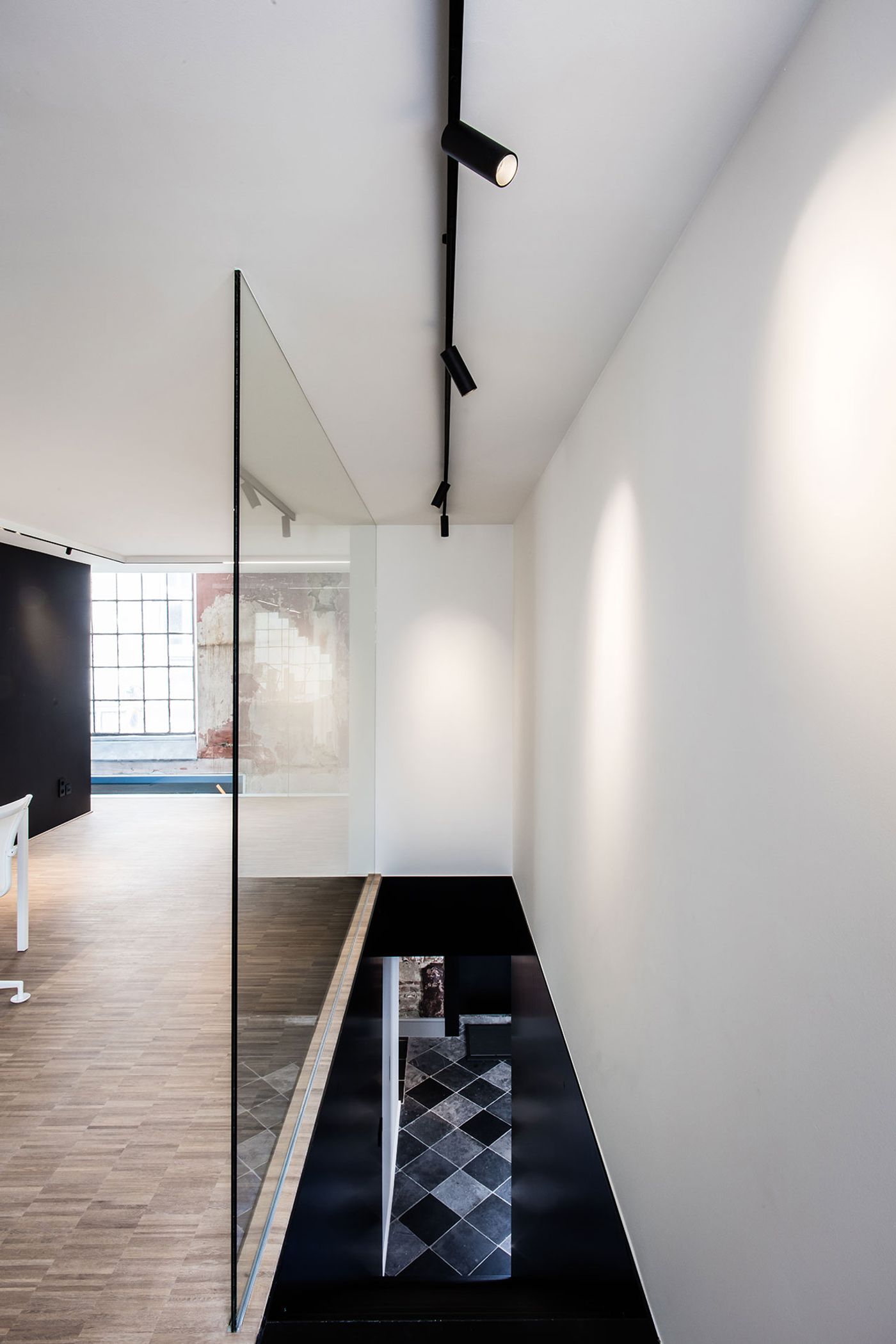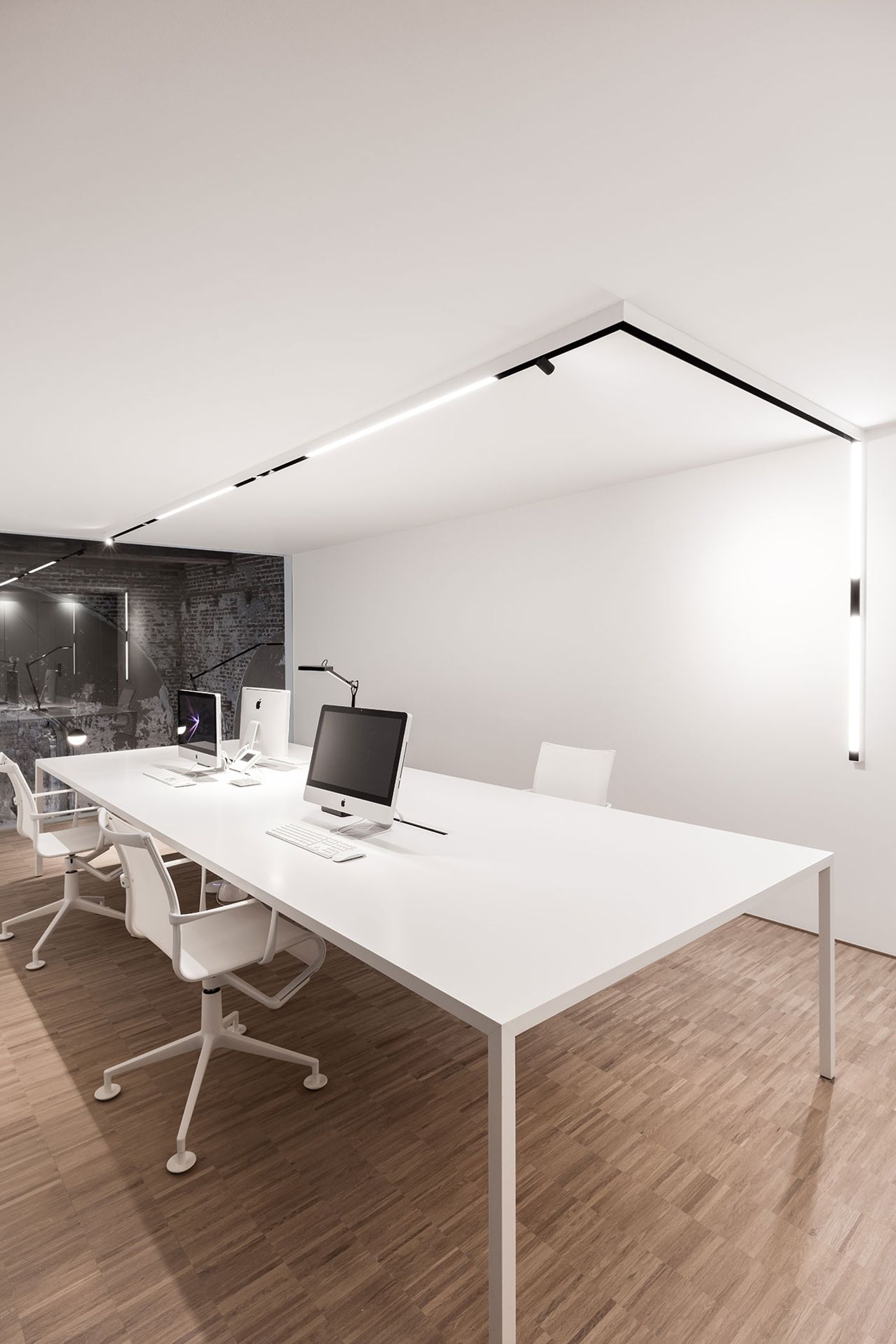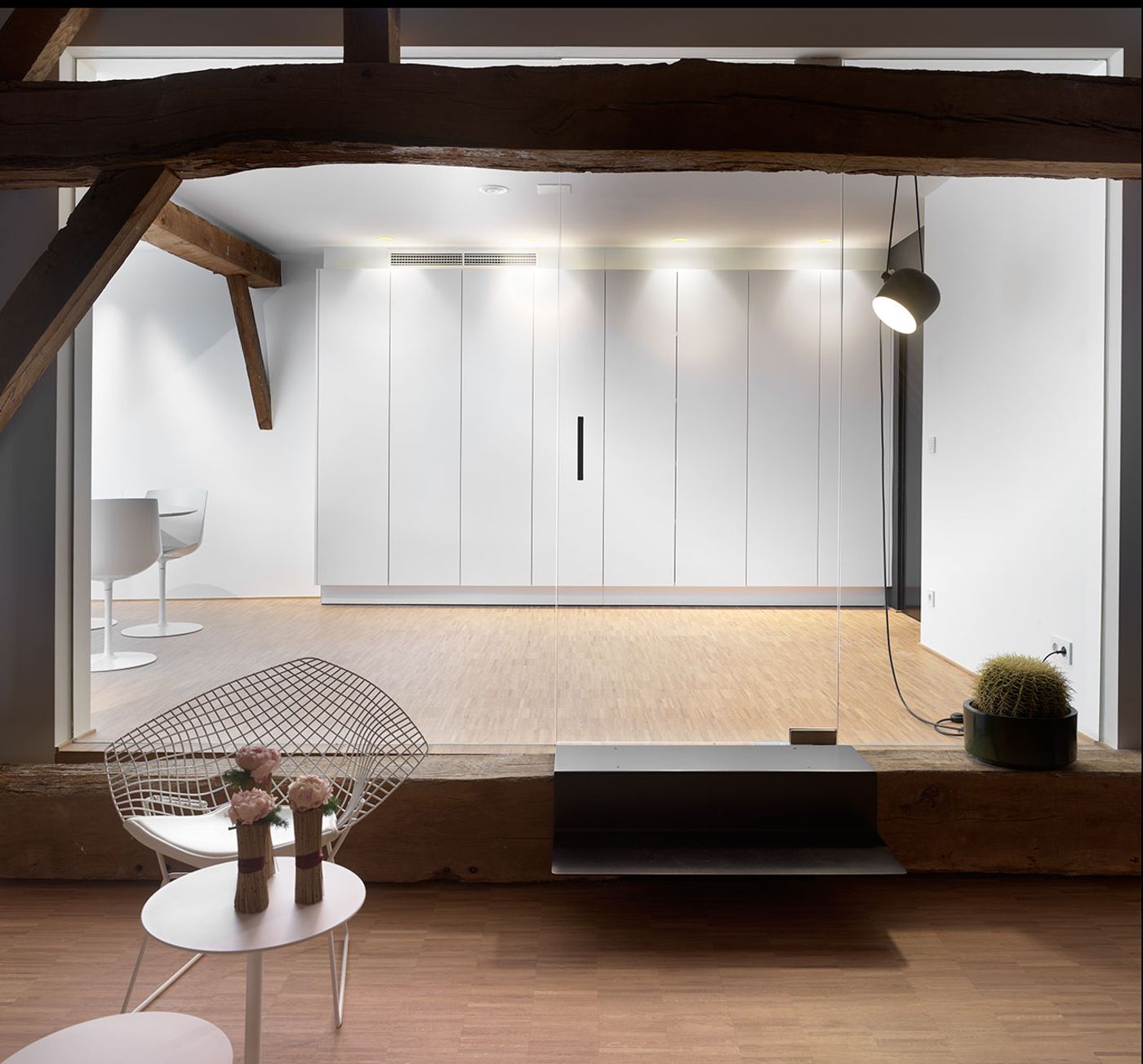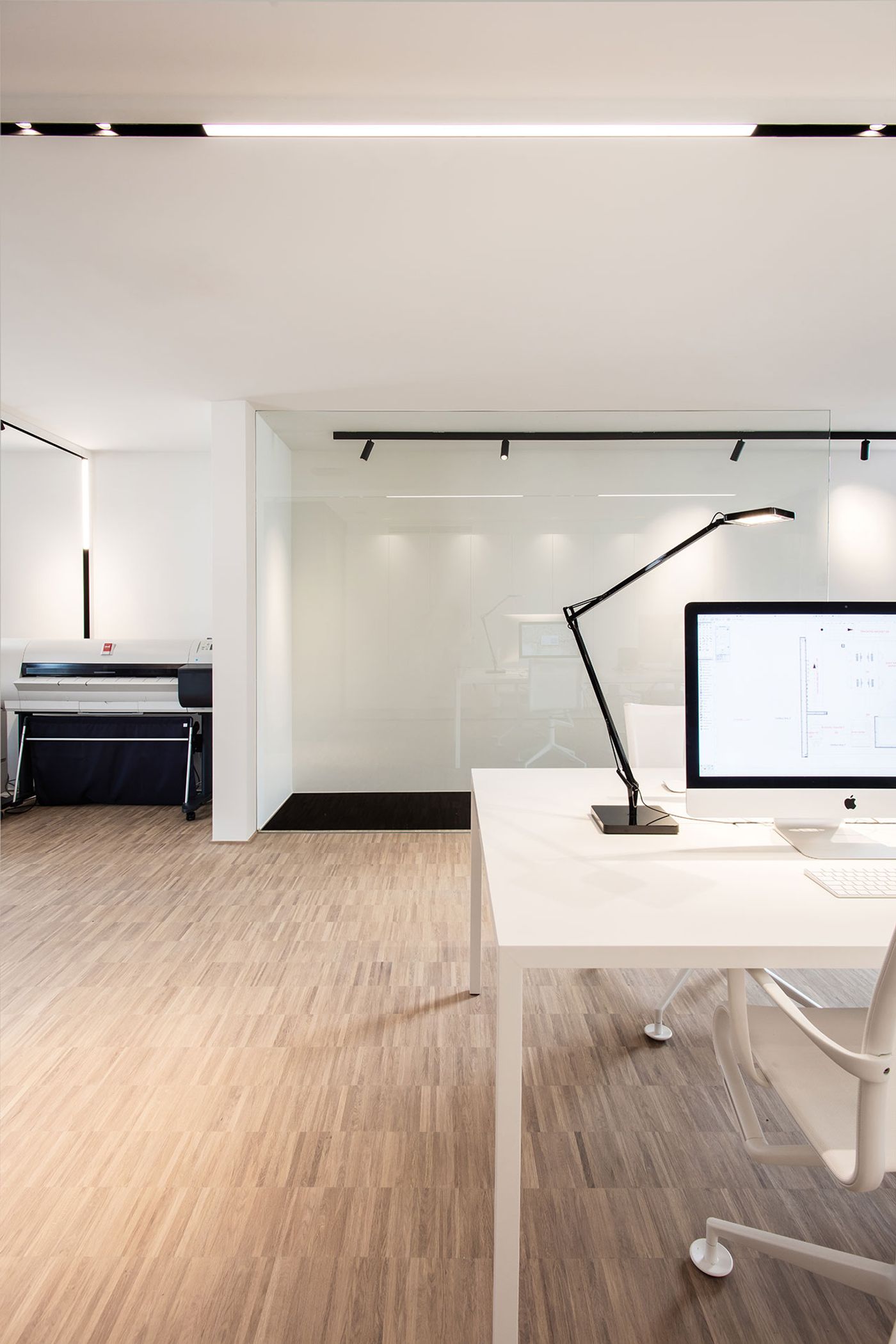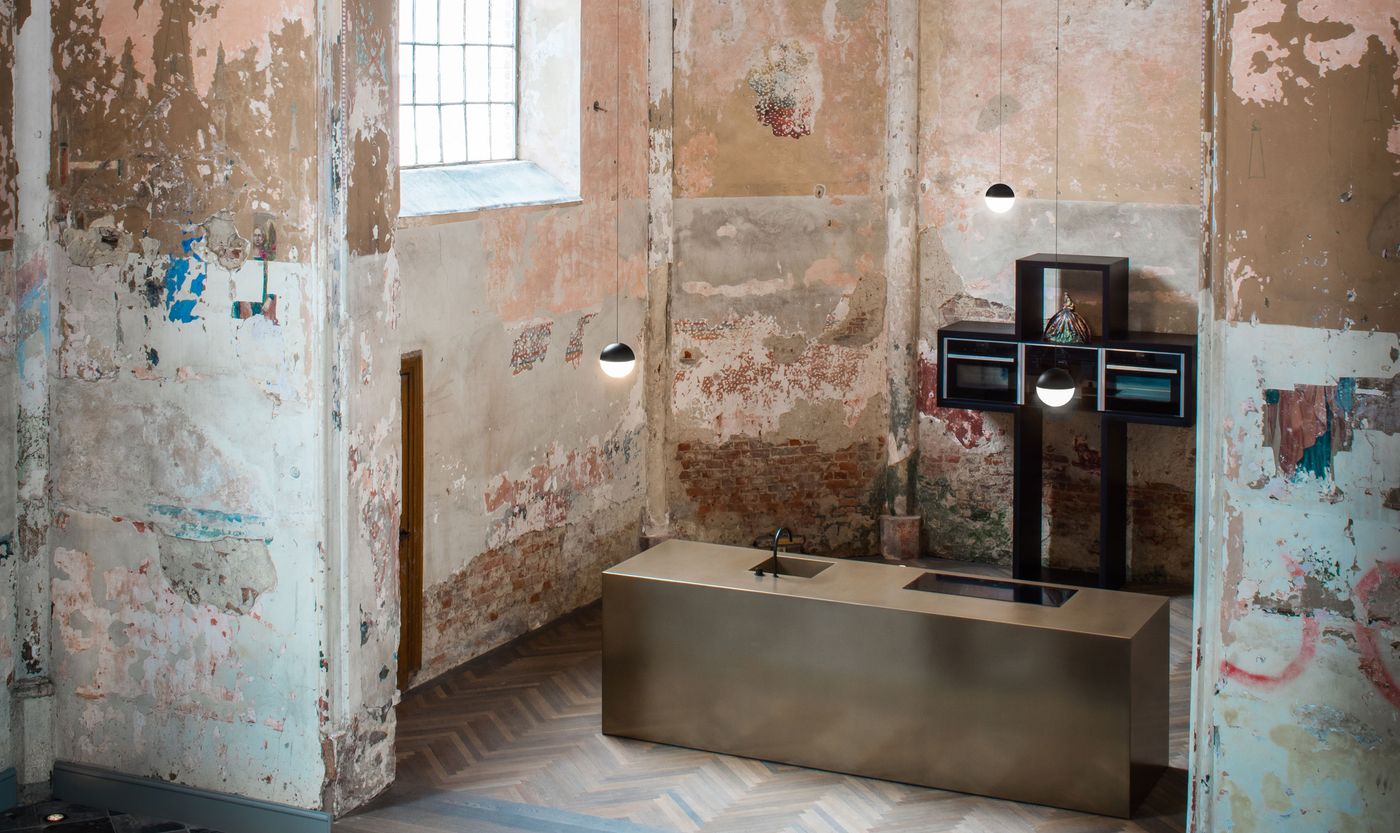
Holy Sacrilege! The Waterdog Project by Klaarchitectuur in Belgium’s Limburg
Words by Alexander Mordoudack
Location
Sint Truiden, Belgium
Holy Sacrilege! The Waterdog Project by Klaarchitectuur in Belgium’s Limburg
Words by Alexander Mordoudack
Sint Truiden, Belgium
Sint Truiden, Belgium
Location
There would appear to be an inherent blasphemy in approaching God. Just think of the tower of Babel. To be honest, Babel was not just about man’s place, or miscommunication among humans as a measure of their distance from God. It also masterfully pitted architecture against the divine, defining, through this, certain initial terms of religious architecture. Since then, the relationship between architecture and religion has greatly improved. To offer an example, some strongly believe that churches can only be used as churches in perpetuity; in that their premises are defined by their use. Holy ground is holy ground. However, in Belgium’s Limburg, architect Gregory Nijs, head of architecture studio Klaarchitectuur, has been having some fun with this idea.
The Waterdog project which redefines spirituality along the lines of community, history, and creativity sees Klaarchitectuur taking a dilapidated chapel and repurposing it as its offices, while also taking community uses into consideration.
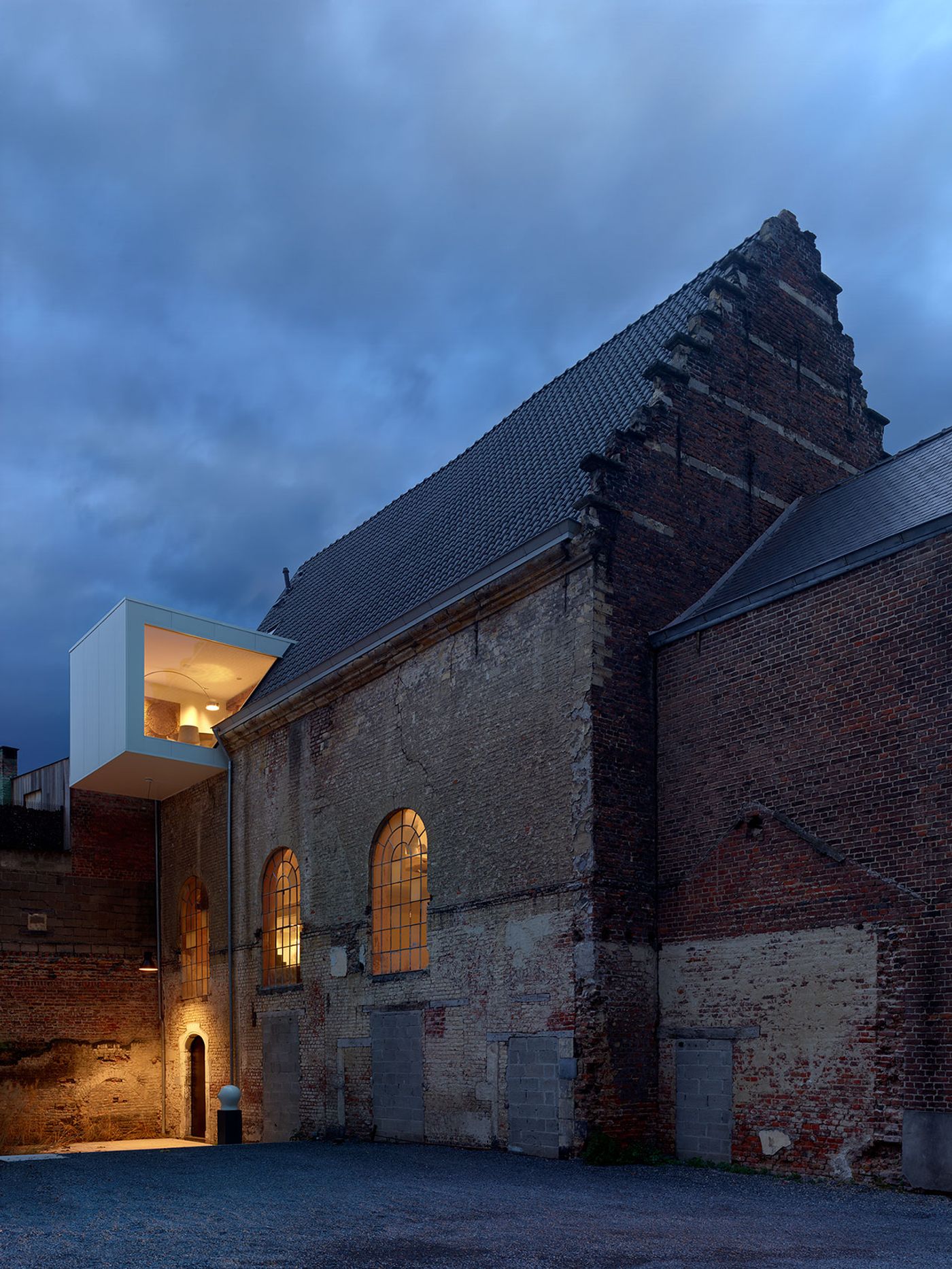
Photo by Toon Grobet.
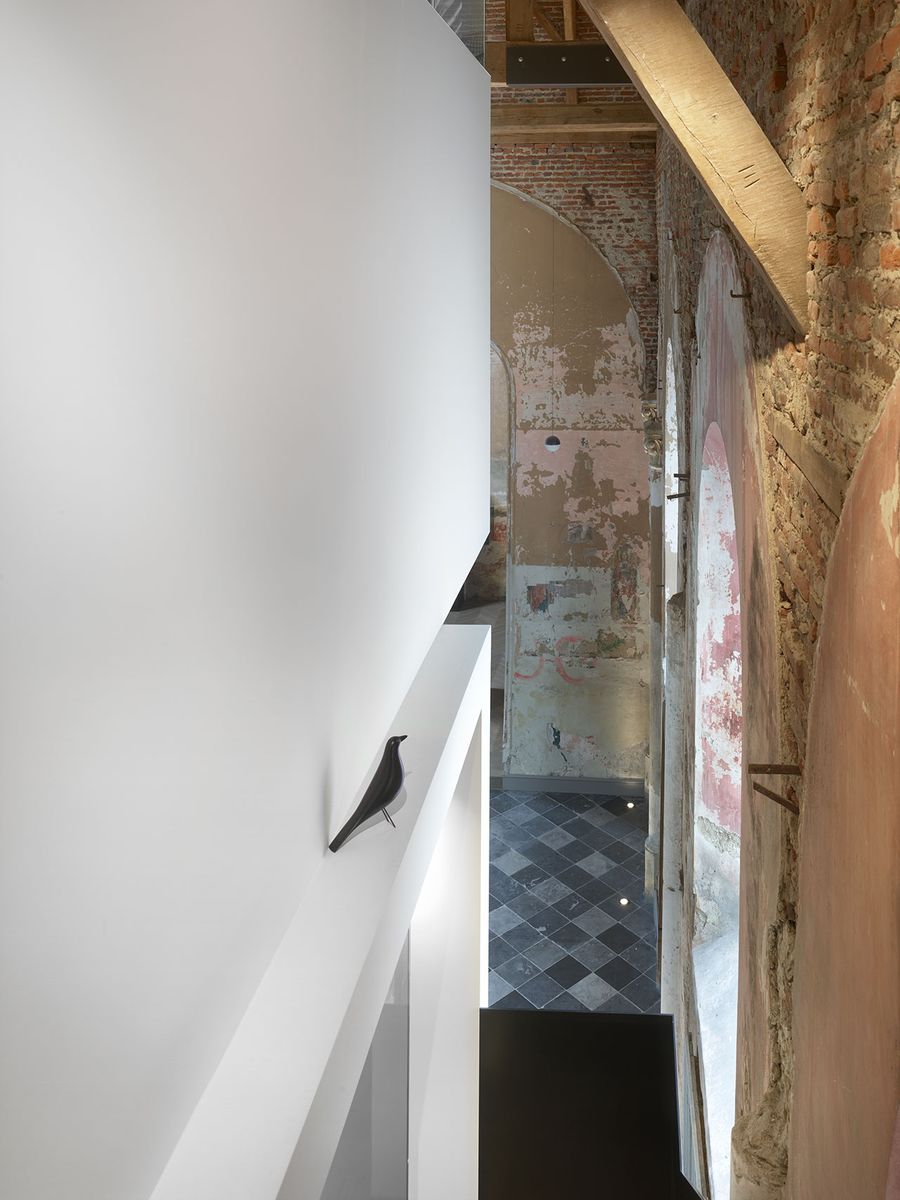
Photo by Toon Grobet.
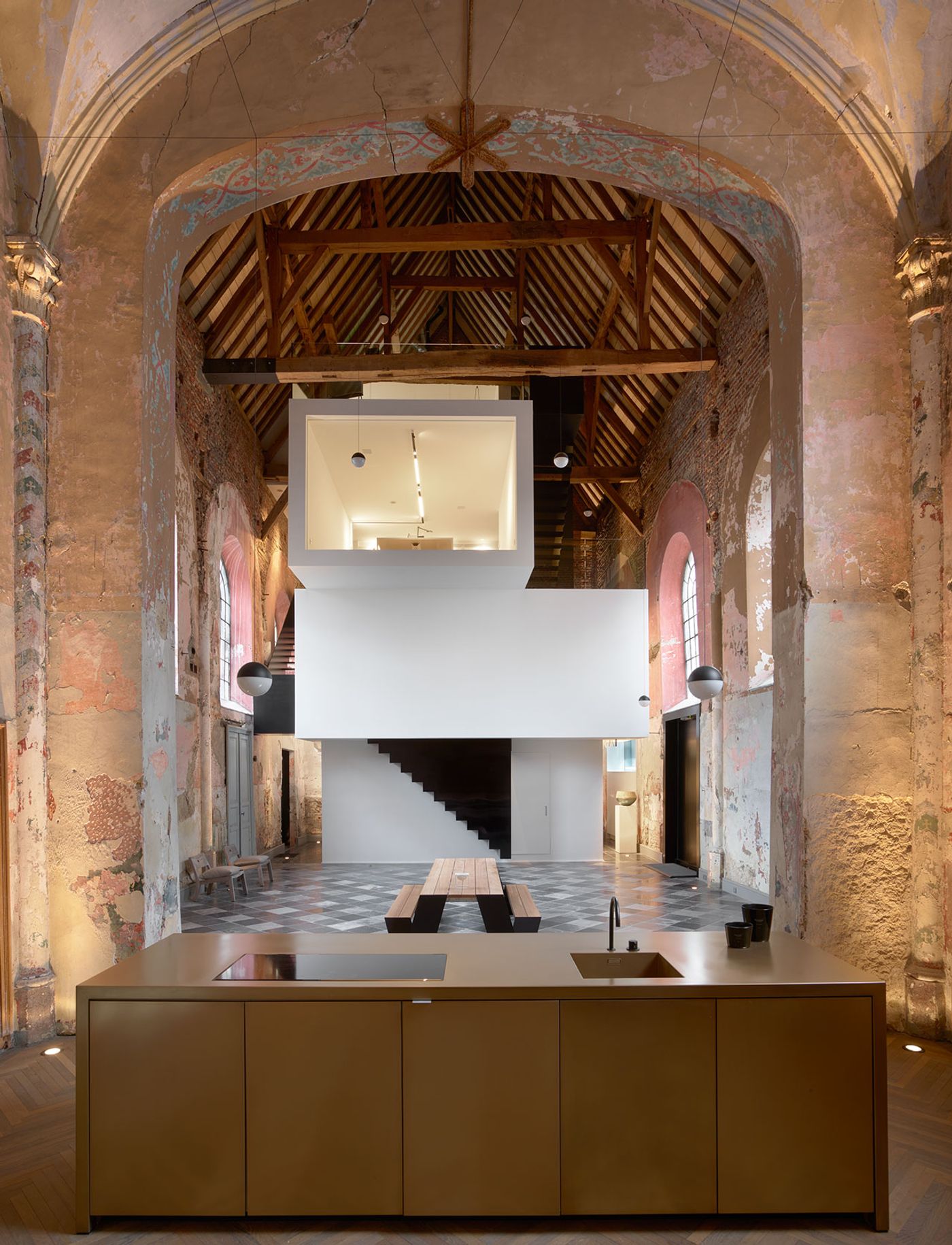
Photo by Toon Grobet.
Considering the metaphor of human communication with God as reaching towards the skies, it is wonderfully poetic that the most exhaustive renovation work on the chapel was the complete replacement of its roof. However, within the 17th century structure the new roof contains a decidedly spiritual reality. The links to the building’s past are evident in its frescoes, its dome, and other elements, also echoed in the ordering of the new structures designed by Nijs and his studio.
In the center of the building, large rectilinear structures are stacked—four in all—and one on top of the other. This in turn frees up the space around them, facilitating the intended community-type uses, while also pointing to the original function of a congregation. These four boxes house different departments of the Klaarchitectuur studio, in a refined, modern bubble placed at the center of a centuries-old shell displaying the patina of time in a patchwork of layers, while colours and materials contrast in the heritage-listed building, with the top box literally conquering the underlying structure as it protrudes through the new roof.
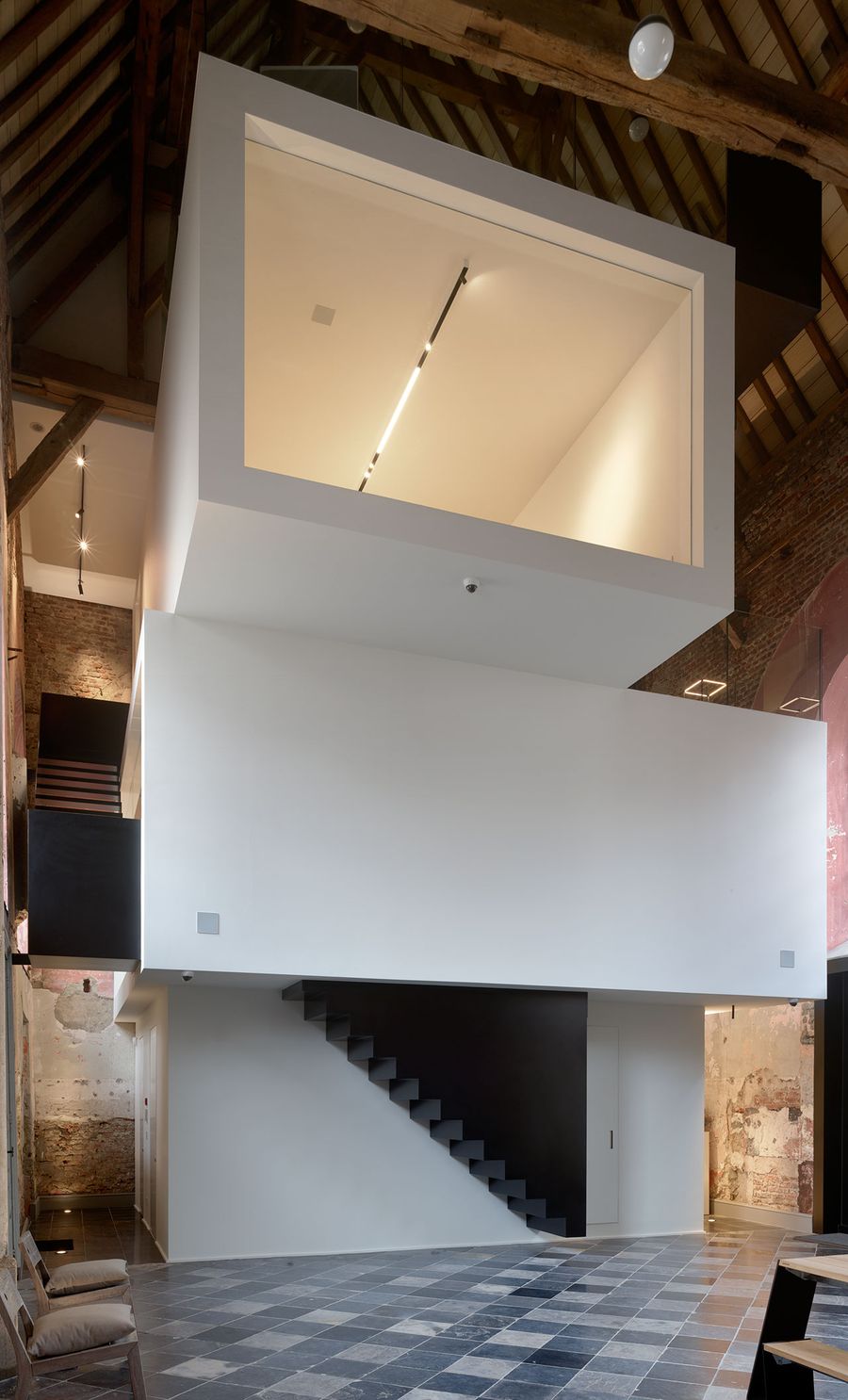
Photo by Toon Grobet.
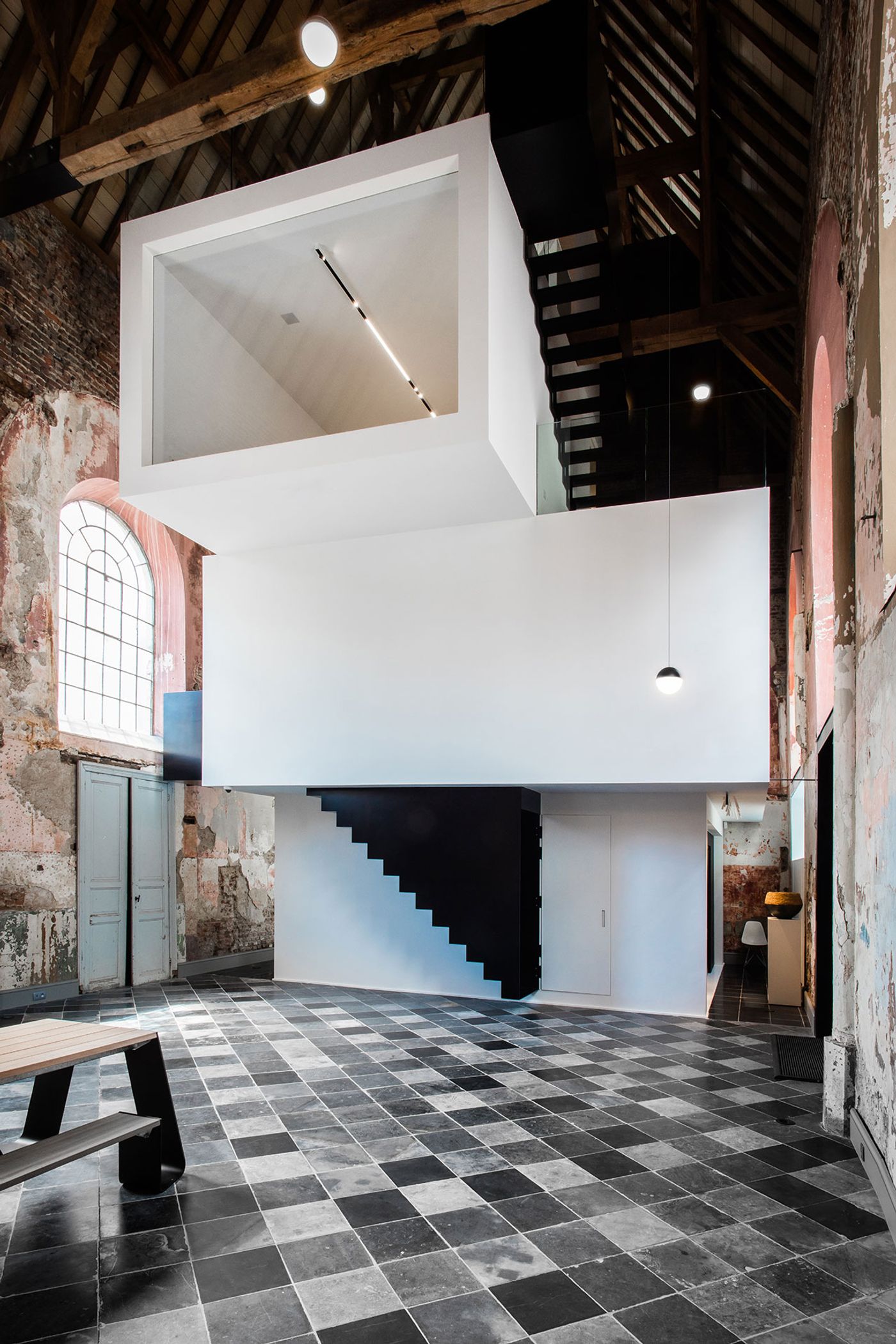
Photo by Valerie Clarysse.
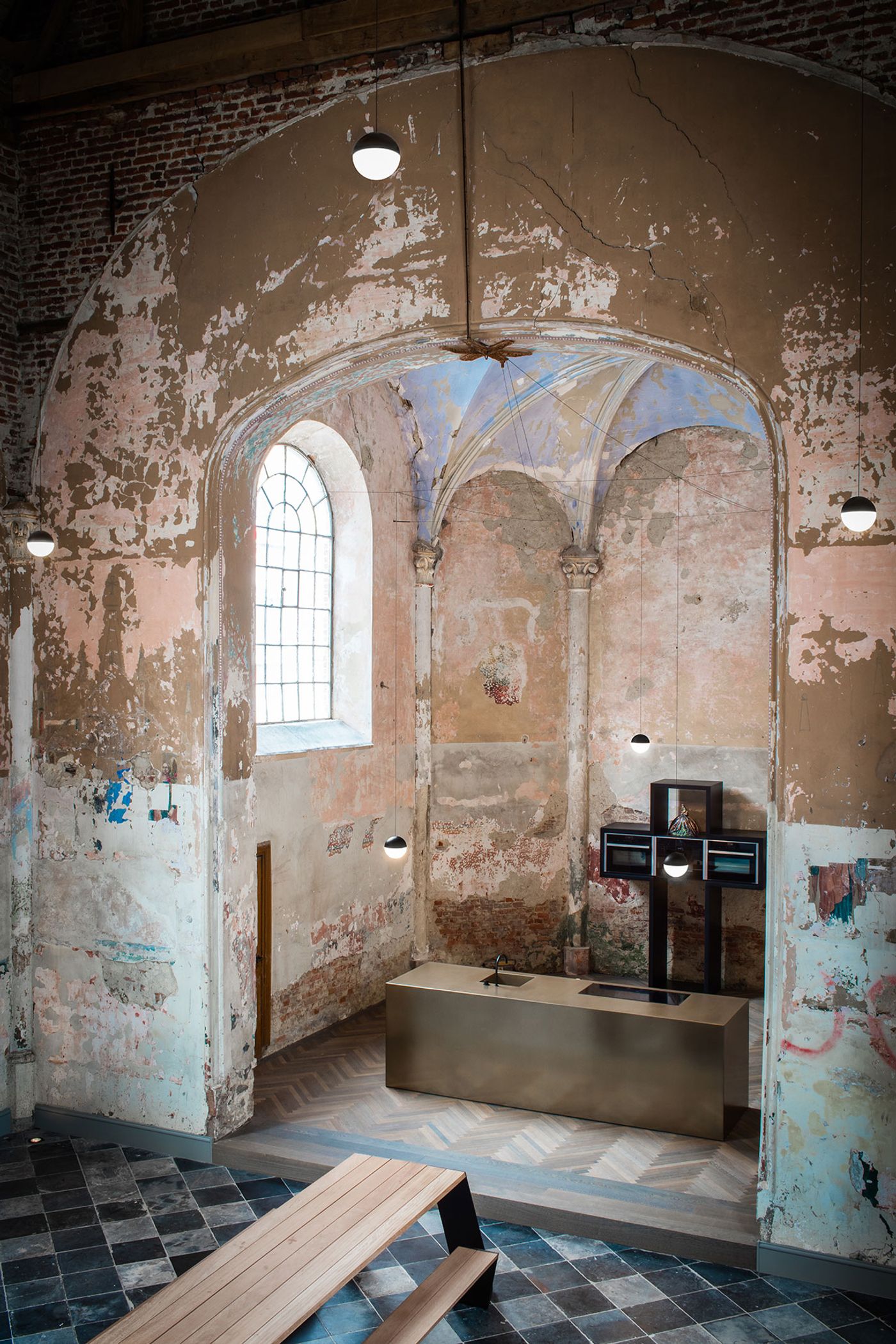
Photo by Valerie Clarysse.
Nude, minimal architecture in monochromes accentuates the different styles in the Waterdog—as the building is now called. At the building’s end, a tongue-in-cheek reinterpretation of an altar anchors the composition where a breakfast bar in resplendent gold emulates the altar itself, while the required shelving is arranged in a cross. Designed by Michael Anastassiades for Flos, orb lights, sprinkled throughout the space, are arranged above this part in a triad, providing not only illumination, but also the outer limit of this playful metaphor.
In maintaining the building’s character, Nijs and Klaarchitectuur went a step further than simply holding on to architectural elements. They safeguarded the sense of community, in that the purpose of the structure is for people to come together and work on the shape of their lives. Appropriately, and after all, this is also a very succinct definition of architecture itself ….
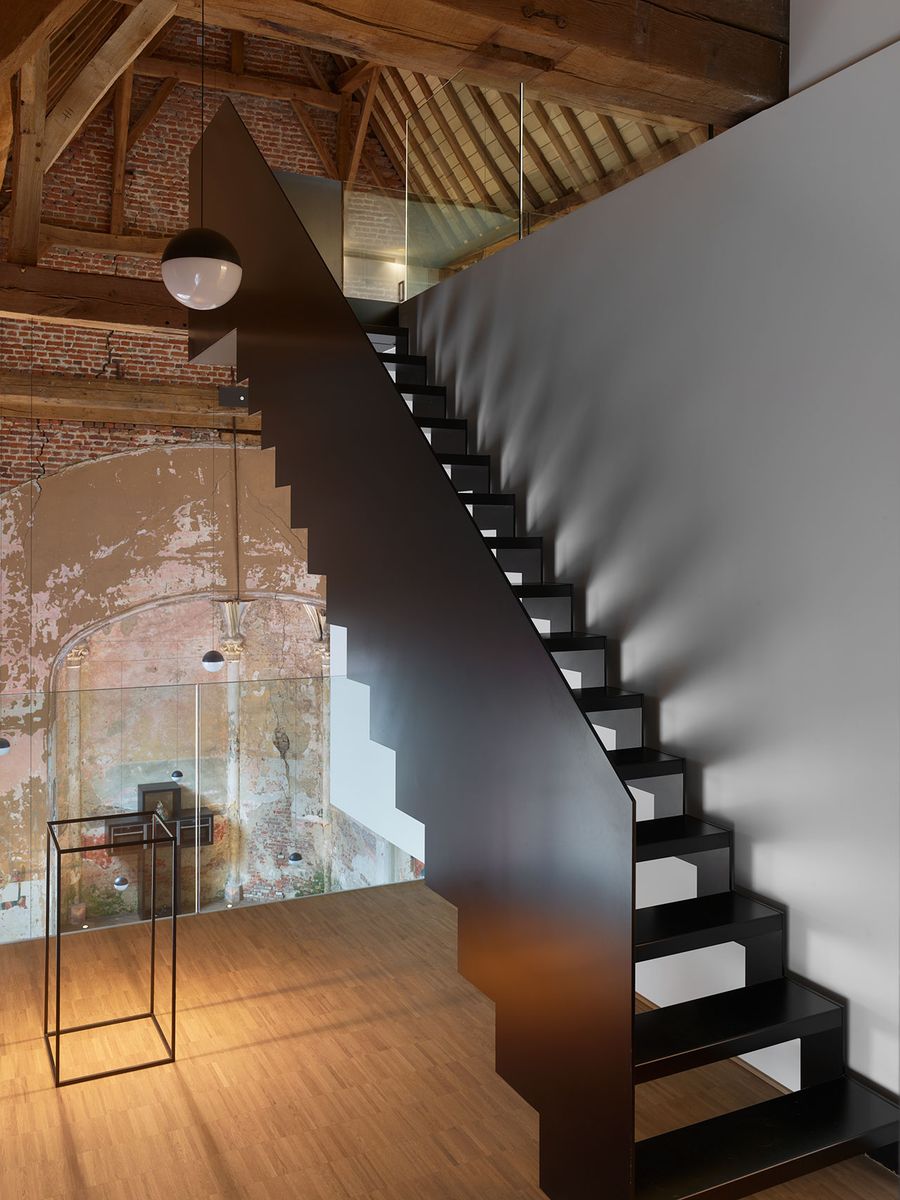
Photo by Toon Grobet.

Photo by Valerie Clarysse.
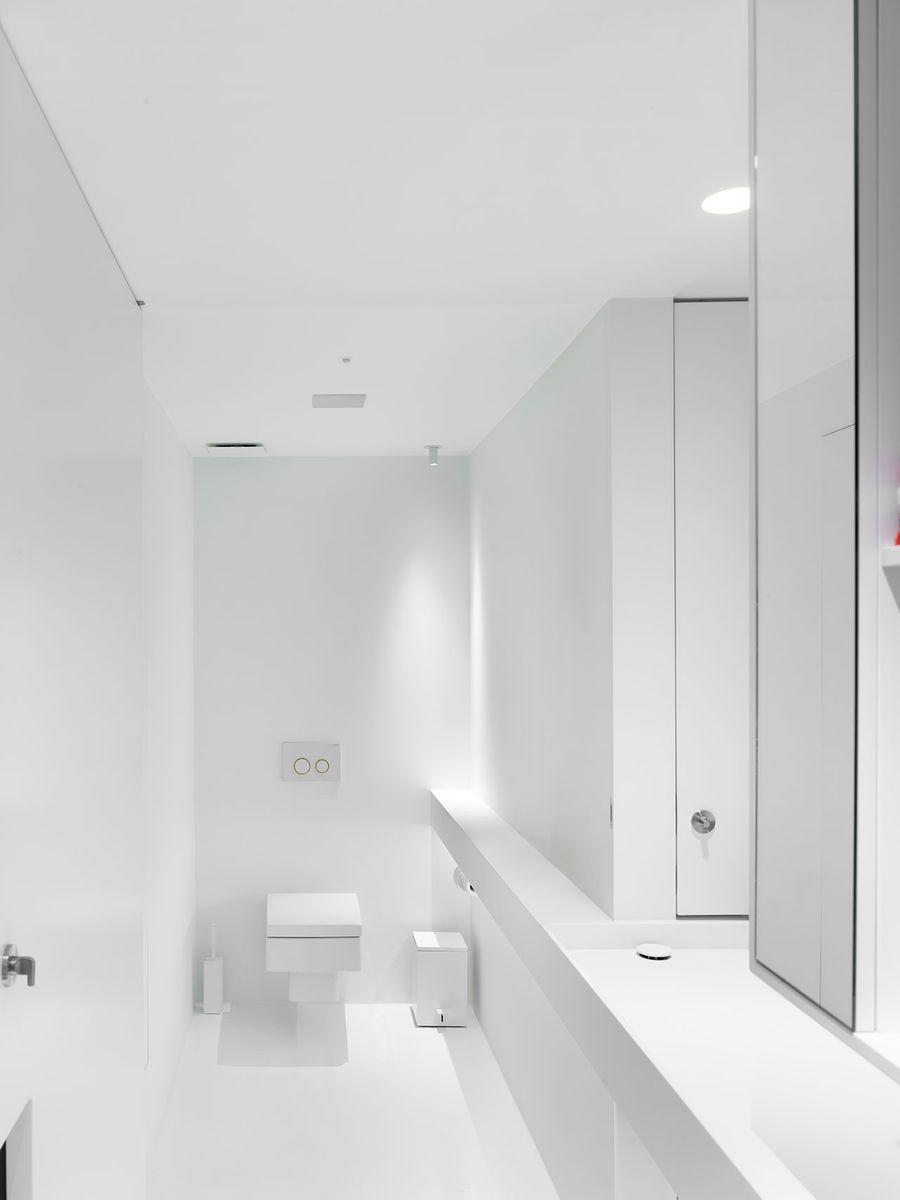
Photo by Toon Grobet.
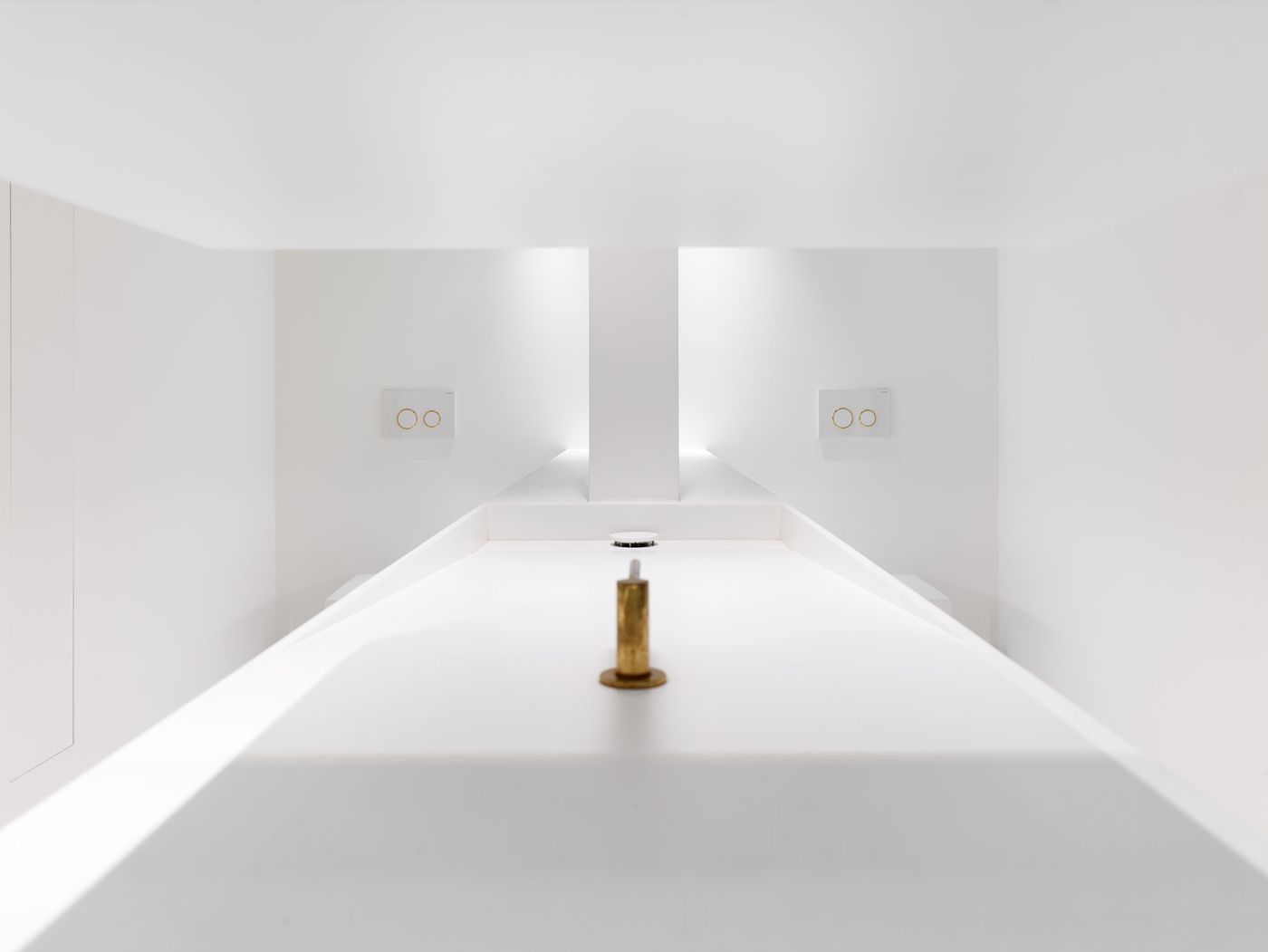
Photo by Toon Grobet.
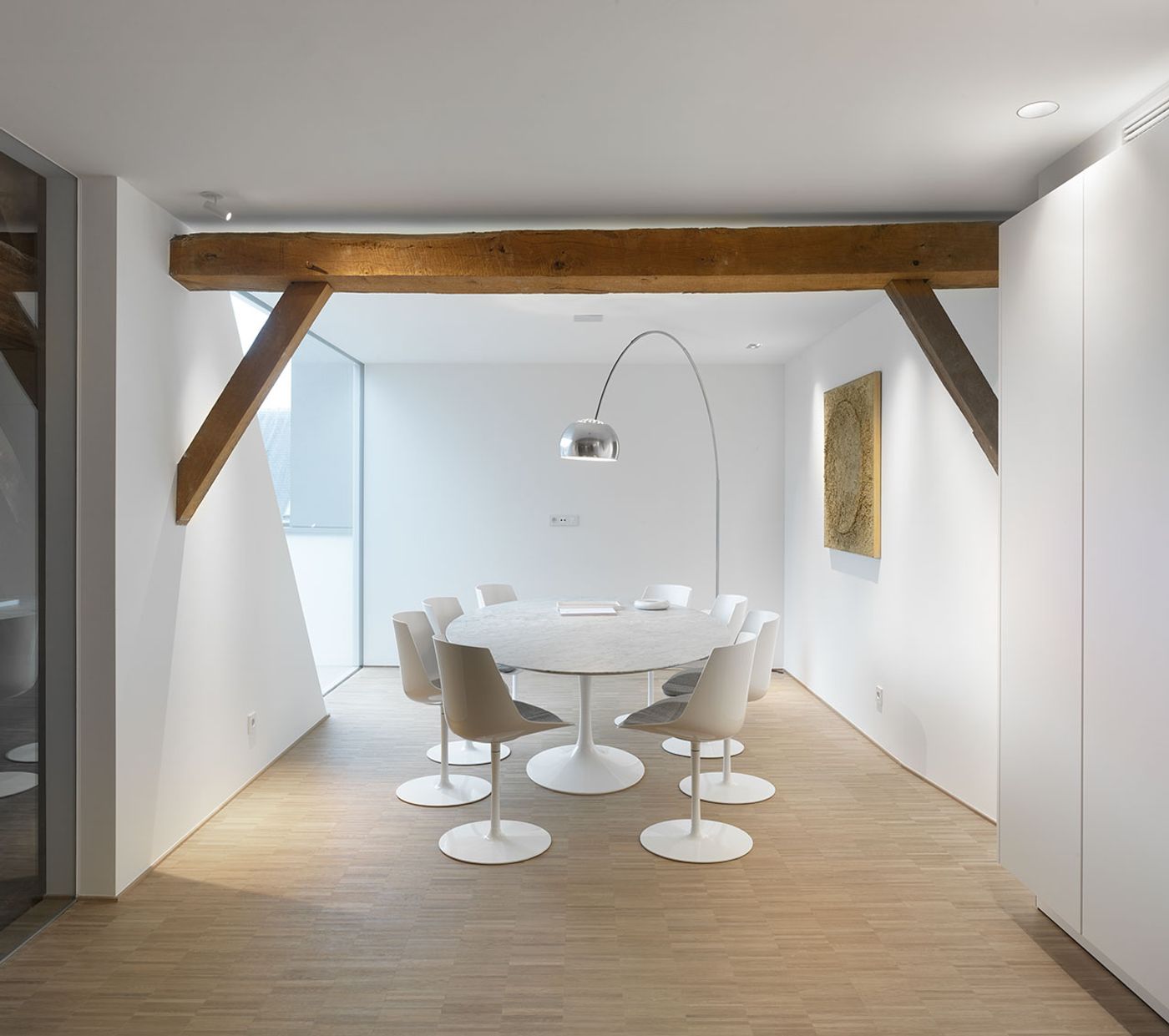
Photo by Toon Grobet.
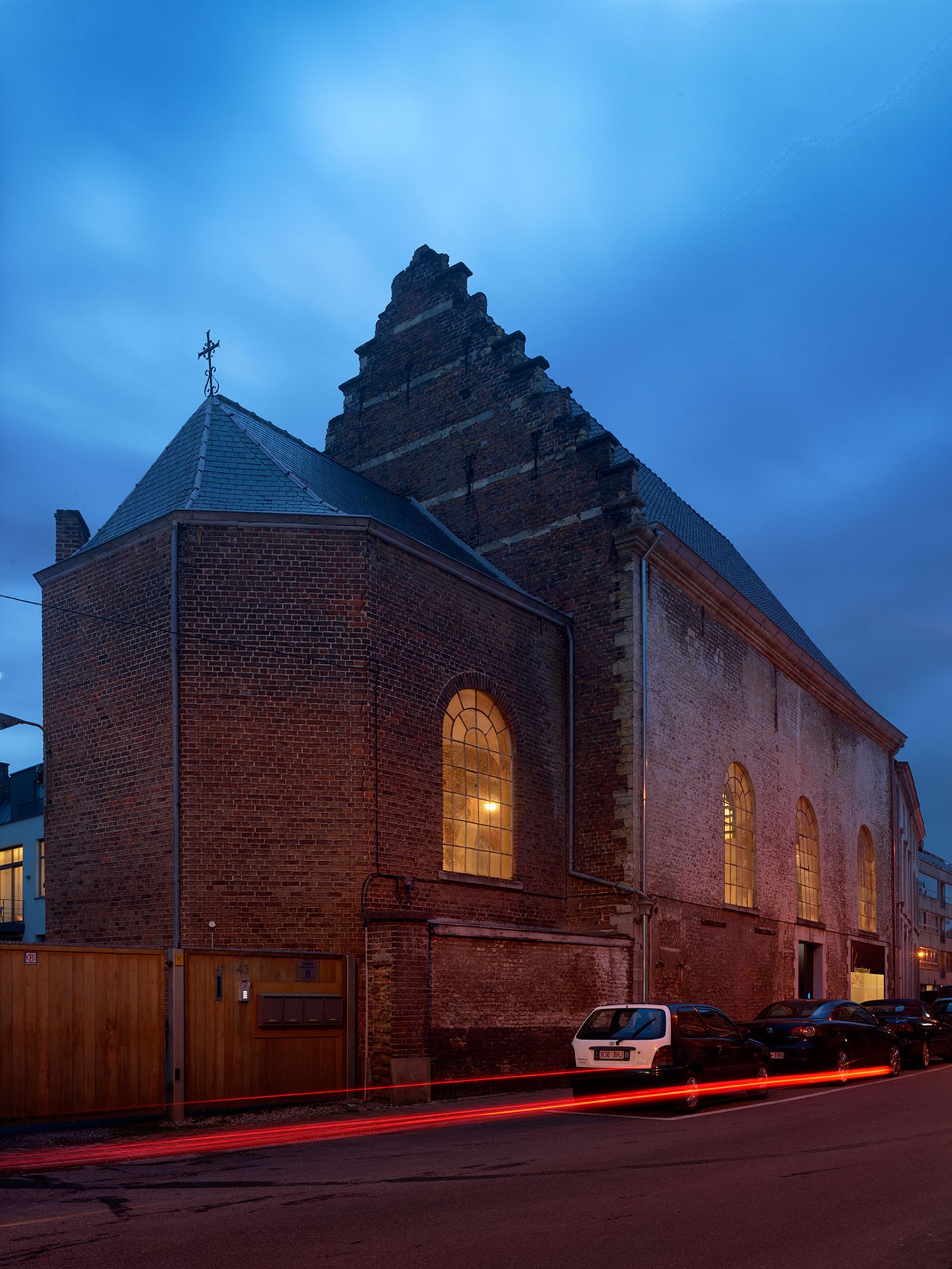
Photo by Toon Grobet.
